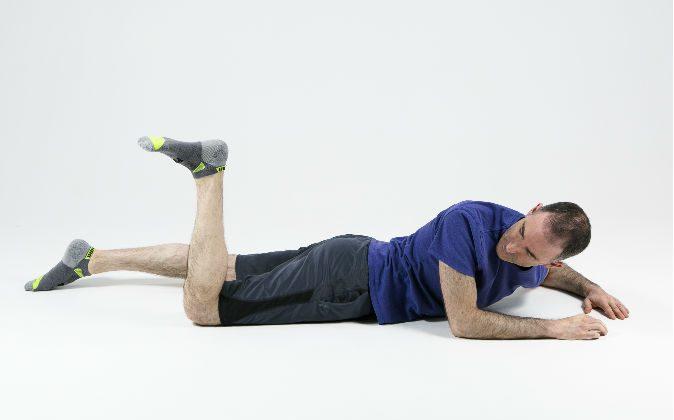We tend not think about how we sit, stand, or walk unless we have some type of injury or pain complaint. Imagine if we had to think about how we breathe all the time! We need habit to function.
Nevertheless, it would be wise to invest some time studying some of these habitual patterns and learning improved ones that will ultimately serve us better. This is the basis of our work as Feldenkrais practitioners.
This lesson will consider a simple movement of the foot that will illustrate an important concept in the Feldenkrais method. If you improve any part of the system, you improve the whole. Set aside at least 10 minutes to complete this lesson. Take your time and enjoy the process.

Most people neglect their feet from a very young age. Whether our shoes are soft or hard, loose or tight, over time we lose the fine motor control of our feet.
With practice, we can improve and observe that our feet can even become an integral part of our breathing. As the Taoist master Zhuangzi wrote, “The breathing of the true man comes from his heels, while men generally breathe from their throats.” (Victor Mair [1994:371] presents Zhuangzi.)
I would like to thank you for investing your time in self-learning by exploring some of these Feldenkrais principles. I hope you enjoyed it. Feel free to contact me if you have any further questions or would like to share feedback.
Matt Leve is a physical therapist and Guild Certified Feldenkrais Practitioner at Shift Integrative Medicine in Manhattan. He incorporates principles of physical therapy, The Feldenkrais Method®, tai chi, and aikido to help clients achieve optimal performance and self-organization. For questions, email him at [email protected]. For more information, call 212-604-1316.



Friends Read Free